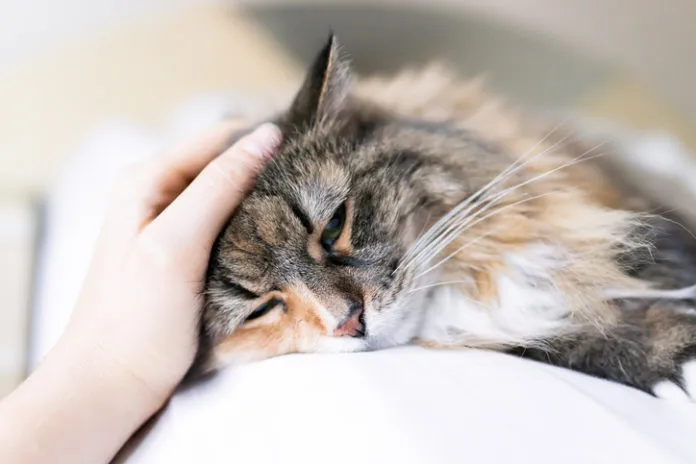Q. My veterinarian said my cat has heart disease and has to take a blood thinner so he doesn’t throw a clot. What does throwing a clot mean?
Charlotte Jane
Woodside, New York
Dear Ms. Jane,
Throwing a clot means a clot has traveled from one spot in the body to another. In this case, it sounds like your cat is at risk for throwing a clot because he has hypertrophic cardiomyopathy, or HCM. It’s the most common form of heart disease to befall felines, and when it occurs, a blood clot can form in one of the heart’s four chambers — the left atrium — but then break away and travel through the bloodstream and lodge somewhere it shouldn’t, blocking blood flow.
Depending on where the thrown clot ends up clogging the flow of blood, the result can be extremely dangerous. The most common spot for the clot to lodge is the end of the aorta, the artery leading from the heart to the rest of the body. The lay term for such a clot is “saddle thrombus.” That’s because the end of the aorta is branched like two legs, similar to the way the legs are spread when someone sits on a saddle. (“Thrombus” is a medical term for “clot.”) A saddle thrombus can lead to paralysis of a cat’s hind legs, leaving a pet unable to walk.
Surprising as it sounds, many cats are able to recover from a saddle thrombus and walk again. So as bad as it is, it should not automatically trigger an owner to euthanize a pet; a discussion with the vet is in order. But clots can also travel to blood vessels that lead to vital organs, including the kidney, brain (causing a stroke), or heart itself (causing a heart attack). Outcomes in those cases can be more dire. That’s why your pet’s doctor wants your cat on a blood thinner — so that a potentially life-threatening clot doesn’t form in the first place.




